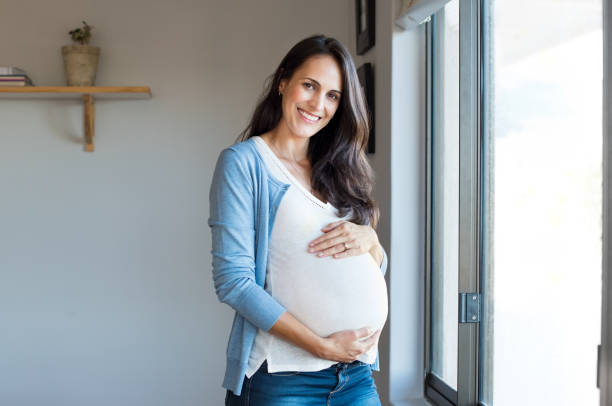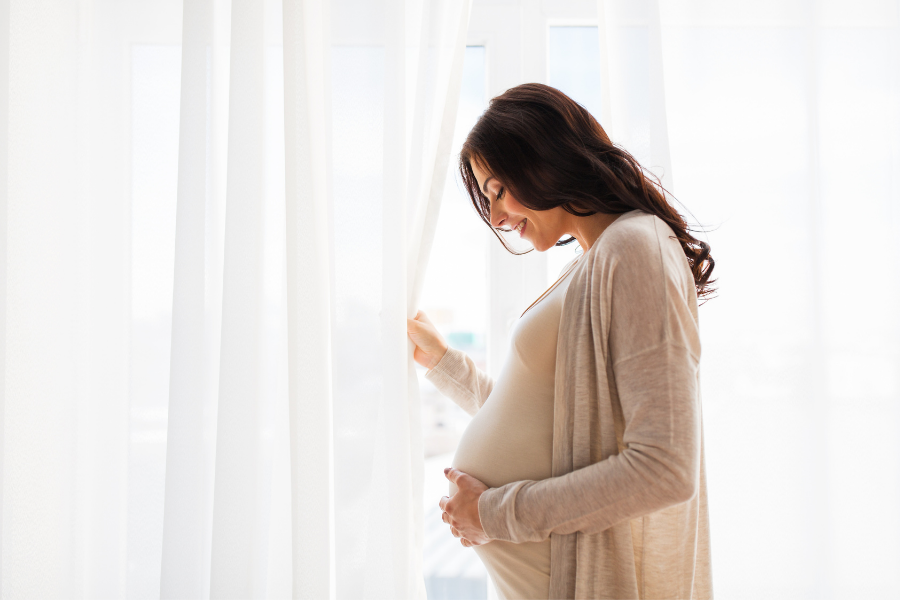Understanding the Purpose of Maternity Homes
Maternity homes for a long time have served as safe places for mothers who need help during an extremely difficult moment of their life. These homes provide shelter, care, and guidance to women-often young, unwed, or facing socio-economic challenges--throughout pregnancy and the early postpartum period. Although modern medicine has brought substantial advances in prenatal as well as postnatal health, the function of the maternity homes goes far beyond physical health.
These facilities today do not only provide medical aid but also support for emotional issues as well as life skills training as well as assistance with planning for the future. These facilities cater to women who would otherwise get lost in an increasingly crowded, hospital-centric medical system. In a society that is awash in technology and medical care but maternity facilities still have significant value to the vulnerable population.
The Evolution of Maternity Homes in Modern Society
In the past they were usually operated by religious or charitable organizations and often carried negative stigmas. In the past, however, their perceptions and the purpose of these institutions have changed significantly. They are no longer places that are a source of isolation or judgement. Modern maternity homes are focused on healing, empowerment and lasting success.
Many times they partner with communities through programs which help to connect healthcare aid and social services. From legal help to assistance with job placement, these programs help make the maternity home more important in the present than they ever have been.
Furthermore, while hospitals can concentrate on the medical aspect of childbirth, maternity centers offer a broader space where mothers can be prepared mentally, emotionally and physically to become mothers.
Why Maternity Homes Still Matter in Modern Healthcare
Addressing Gaps in Accessibility
Even with the advancements in medicine there are still women who do not have easy access to the latest medical services. Mothers from rural regions and those with homeless or in abusive relationships are often faced with obstacles to receiving the care they need. Maternity homes give stability, direction as well as a secure environment that women can be focused on their health and the wellbeing of their infant.
Even in urban areas women can be left without the emotional support they require or even housing. Maternity homes are an essential element in these situations, providing shelter and assistance in tandem. They collaborate with the community connection programs to make sure that people are not just cared for, but also linked to legal, educational and job-related assistance.
Supporting Emotional and Psychological Health
Modern medicine is effective when it comes to monitoring the physical and mental health during pregnancy, however it is often not effective when it comes to addressing the psychological and emotional transformations that a woman experiences. The maternity homes recognize this and offer counselling, support from peers, and a nurturing environment in which women are able to freely discuss their concerns, hopes as well as their needs.
The need for emotional support is vital particularly for new mothers or those who have suffered abuse or without support from family members. With these supportive environments, women can feel valued and respected This significantly decreases the depression and anxiety that can be associated during pregnancy.
Creating Lifelong Impact Beyond Birth
Maternity homes don't only provide temporary refuges, they are usually life-changing places that put women on a fresh path. Through classes for parents as well as financial education and relationships counseling, women are taught how to rebuild their lives as well as take care of their children. They help people gain the confidence and strength that can't be accomplished with hospitalization alone.
A lot of homes incorporate community connections programs that allow residents to connect to community networks, which include anything from child care services to workshops on career advancement. The transition is made from the home for mothers to independent living easier and sustainable.
The Role of Maternity Homes in Preventive Care
The most often overlooked benefit of these homes for mothers is their function in providing preventive healthcare. These homes not only aid mothers after becoming pregnant, but they also provide education regarding contraception, health issues related to reproductive health as well as healthy relationships.
Incorporating communities-based through programs and community connections, the maternity homes connect women with local health experts as well as social workers as well as educators, who provide ongoing assistance. These services reduce the chance of having repeat unwanted pregnancies, neglect of children and poverty for the long term.
Women who have participated in such extensive programs are more likely to go on to higher education or secure employment which creates a positive ripple effect for both communities and families.

Modern Healthcare and Maternity Homes: A Complementary Relationship
Instead of viewing maternity facilities and modern medical facilities as two opposing factors, it's much more appropriate to think of them as complements. Hospitals are a vital source of medical treatment and maternity homes help provide emotional, social and physical voids that hospitals often don't have the capacity to address.
If maternity homes work with medical clinics, hospitals as well as communities' connections programs The result is an improved system of care. Women who are pregnant receive not just medical and ultrasound screenings, but also trauma-informed counseling parenting seminars, as well as peer mentoring.
These models of collaboration are especially successful in reducing the mortalities of babies and mothers in underserved communities, showing how important and essential the maternity home is today.
Conclusion: A Timeless Need in a Changing World
While healthcare continues to evolve with digital records, telemedicine, and advanced diagnostics, the fundamental needs of pregnant women—safety, support, and stability—remain unchanged. Maternity homes address these needs in a way no hospital ward can.
They offer comprehensive and loving care, which empowers women not only to be able to survive, but also be successful beyond the stage of pregnancy. Together with community connections programs and maternity homes, they remain a beacon of change and hope particularly for women with little resources or assistance.
Within the wider spectrum of the health of mothers, maternity homes remain relevant. They are, in fact, an integral, lasting element of a holistic system that is devoted to all aspects of woman's health.
FAQs:
1. How do maternity homes help after childbirth?
They provide care post-partum including parenting classes, emotional support and assist women find secure housing or employment/education pathways to ensure long-term success.
2. Are maternity homes medically equipped like hospitals?
No, they aren't hospitals. They work in conjunction with healthcare professionals, and focus on housing help, and enhancing the skills of pregnant women.
3. Are maternity homes only for teens or unwed mothers?
No. They are able to help many women for example, women who are fleeing the violence of domestic abuse, homeless or financial hardship, regardless of age or the status of their marriage.
4. What services do maternity homes usually provide?
Maternity homes generally provide accommodation, coordination of prenatal care counselling, life-skills instruction, and postnatal assistance for mother and baby within a secure, supportive setting.





Comments